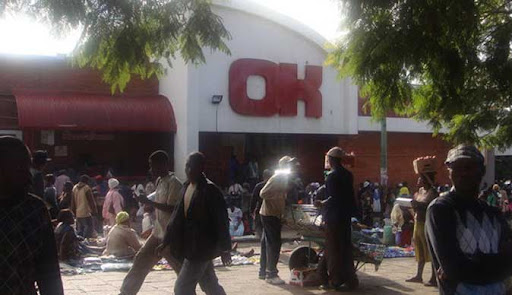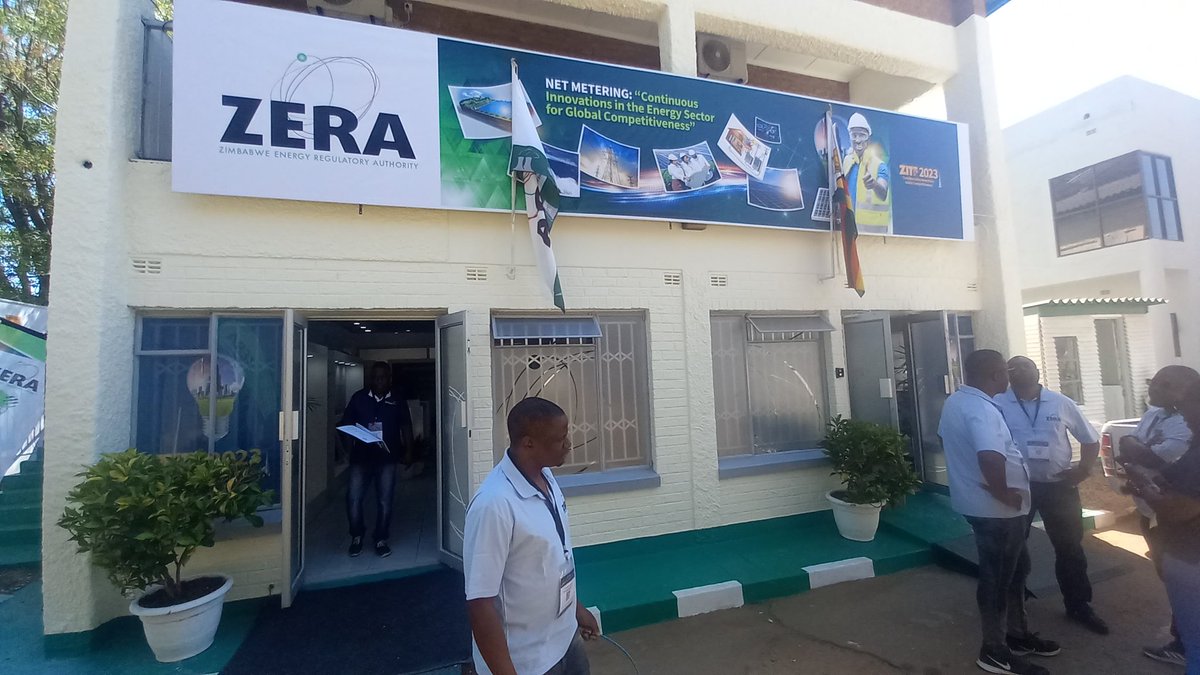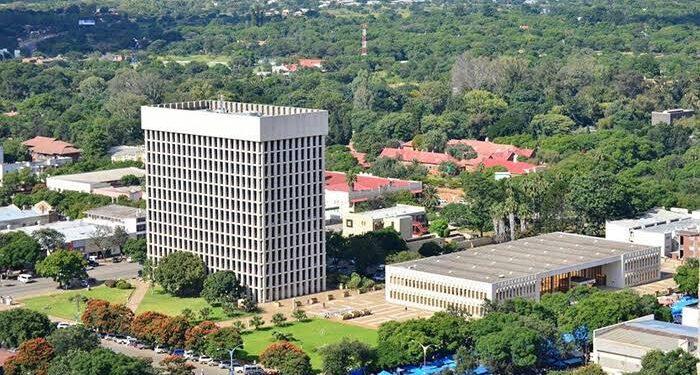THE Macroeconomic and Financial Management Institute for Eastern and Southern Africa is working on documenting Zimbabwe’s country hyper-inflationary era to provide insights on how the country dealt with the crisis.
Experts are already putting together economic data on what transpired during the tumult, to come up with an account of the economic pitfalls countries should avoid in economic modelling and lessons on resolving economic crises.
The remarks were made by MEFMI executive director Dr Ellias Ngalande at an event to launch the two books MEFMI wrote on how the global financial crisis impacted on FDI inflows into the MEFMI region.
The books also provide the guidelines governments and central banks can follow in economic forecasting and modelling.
"We have put together the team that is compiling the literature to be assembled into a book," he said.
"We are still a few months away from launching, but we thought that the Zimbabwean experience with hyperinflation, being one of the modern experiences, offers certain lessons that I think we should not lose as they will be useful for other countries."
"It (book) will be (out) some time around June 2013 because we have just put a team together. They have to do their research, write the papers, the chapters and then we sit and review them and put it together."
MEFMI is a capacity-building institution whose board is made up of permanent secretaries or heads of finance ministries of member-states: Zimbabwe, Angola, Botswana, Kenya, Lesotho, Malawi, Mozambique, Namibia, Rwanda, Swaziland, Tanzania, Uganda and Zambia.
The central bank governors of the countries are alternative board members.
Zimbabwe plunged into an economic crisis over the decade to 2008 during which inflation, officially, was last recorded at 231 million percent in August 2008.
The account of what transpired and the causative factors have never been officially and credibly recorded and explained for the purposes of future reference.
During the hyper-inflationary era, most companies shut down, except three mining firms into extraction of platinum and diamond. Prices would quadruple overnight and food disappeared from most supermarket shelves.
Production and farm yields plummeted and the country relied on imports. Even then, consumers paid through the nose for basic commodities.
The hyper-inflationary era ended when the Government dumped the decimated Zim dollar for a multi-currency system dominated by the US dollar.
The economy stabilised after the adoption of the short-term economic recovery programme and the gross domestic product has been on an upswing, gaining by 9,3 percent in 2011.
The recovery has come at an average 7,3 percent since dollarisation in 2009.
Likewise, MEFMI has conducted researches on the impact the global financial crisis and the Eurozone crisis had on FDI into MEFMI region countries.
It has also compiled a book to assist member-countries with step-by-step guidelines for economic modelling and forecasting their future performance.
The two books were launched at a ceremony in Harare on Tuesday, attended by senior MEFMI officials, South Korean Ambassador to Zimbabwe Lew Kwang-Chul, Reserve Bank of Zimbabwe deputy governor Dr Charity Dhliwayo and other dignitaries from the MEFMI region.
Dr Ngalande said the research conducted in five MEFMI member-states corroborated hypothesized assumptions that the two crises affected FDI inflows into the region, thereby affecting their economic growth.
"Increasingly, we are being asked by countries that want to model our economies. Rather than go to each one of them we thought we should put together a concise manual that can give them step-by-step guidelines," he said.
"For FDI, I think the issue is to say what is the impact of on our region of the financial crisis and we wanted to show that we have been negatively impacted."
- news
 OK Zimbabwe posts US$17,8 million loss
OK Zimbabwe posts US$17,8 million loss  Hichilema meets Chivayo
Hichilema meets Chivayo  Millions celebrate Diwali festival in India
Millions celebrate Diwali festival in India  Econet Zimbabwe to delist from ZSE
Econet Zimbabwe to delist from ZSE  Gold edges up as traders await guidance
Gold edges up as traders await guidance  Mnangagwa fires Chitando, appoints Polite Kambamura
Mnangagwa fires Chitando, appoints Polite Kambamura  Young Investment Professional (YIP) Graduate Programme 2019
Young Investment Professional (YIP) Graduate Programme 2019 










 Young Investment Professional (YIP) Graduate Programme 2019
Young Investment Professional (YIP) Graduate Programme 2019
Editor's Pick